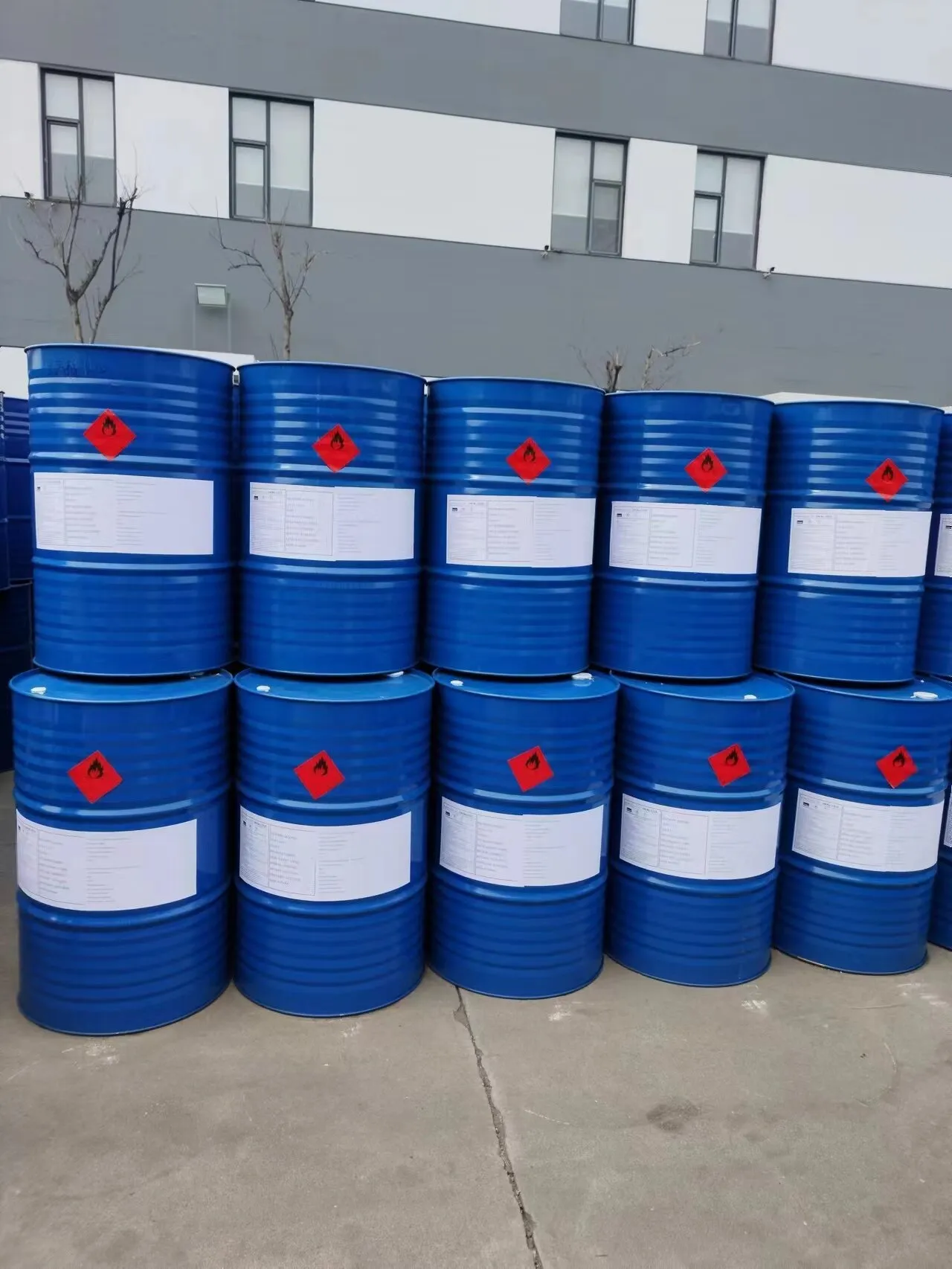
aluminum hydroxide gel for cats
Aluminum Hydroxide Gel for Cats A Comprehensive Overview
Aluminum hydroxide gel is a substance that has garnered attention in veterinary medicine, particularly for its use in cats. This gel is primarily utilized in managing certain medical conditions, particularly those related to the management of phosphate levels in the body. Understanding how aluminum hydroxide gel works, its applications, and its potential side effects is essential for responsible pet ownership.
What is Aluminum Hydroxide Gel?
Aluminum hydroxide is a compound that is often used as an antacid or are its application in the dermatological field. In veterinary practice, aluminum hydroxide gel is most commonly used as a phosphate binder. It functions by binding to dietary phosphates in the intestines, reducing their absorption into the bloodstream. This is particularly beneficial for cats suffering from chronic renal disease, where impaired kidney function leads to elevated phosphate levels in the blood.
Uses in Veterinary Medicine
One of the primary applications of aluminum hydroxide gel in cats is in managing chronic kidney disease (CKD). Cats diagnosed with CKD often struggle to regulate phosphate levels, leading to complications such as secondary hyperparathyroidism, which can worsen their overall health. By administering aluminum hydroxide gel, veterinarians can help control these phosphate levels effectively, improving the quality of life for affected felines.
aluminum hydroxide gel for cats

This gel can be mixed with food, ensuring that the cat receives the medication without much fuss. Its palatability is generally good, and most cats consume it without any issues. However, it is crucial for pet owners to follow their veterinarian’s dosing instructions carefully to avoid potential complications.
Potential Side Effects
While aluminum hydroxide gel can be a life-saving remedy for cats with high phosphate levels, it is not without potential side effects. Some cats may experience gastrointestinal upset, leading to symptoms such as diarrhea or constipation. Long-term use of aluminum hydroxide can also interfere with the absorption of certain essential nutrients, such as iron and phosphorus, which may necessitate regular monitoring of the cat’s overall health.
Moreover, it is important to note that aluminum hydroxide should not be given in conjunction with certain medications, as it may interfere with their absorption and effectiveness. Therefore, it is essential for pet owners to discuss all medications and supplements their cat is taking with their veterinarian before starting aluminum hydroxide gel.
Conclusion
Aluminum hydroxide gel serves as a valuable tool in veterinary medicine, specifically for managing phosphate levels in cats with chronic kidney disease. Its ability to effectively bind dietary phosphates can significantly enhance the quality of life for affected cats. However, responsible pet ownership entails understanding both the benefits and potential risks associated with its use. Regular veterinary check-ups and communication with your veterinarian are crucial to ensuring the best possible outcomes for your feline companion. As always, any changes to your cat's medication or health regimen should be undertaken with professional guidance.
-
The Safety Challenges of Ammonium Nitrate FertilizerNewsJun.26,2025
-
The Critical Role of Mining ChemicalsNewsJun.26,2025
-
Shelf Life of Glacial Acetic Acid Food GradeNewsJun.26,2025
-
Enhancing PVC Longevity with 1,2,3-Benzotriazole InnovationsNewsJun.26,2025
-
China’s Dominance in Food Additive ProductionNewsJun.26,2025
-
Can Aluminum Hydroxide Replace More Toxic Alternatives?NewsJun.26,2025
-
PE and PP Plastics with Benzotriazole AdditivesNewsJun.12,2025
Hebei Tenger Chemical Technology Co., Ltd. focuses on the chemical industry and is committed to the export service of chemical raw materials.
-

view more DiethanolisopropanolamineIn the ever-growing field of chemical solutions, diethanolisopropanolamine (DEIPA) stands out as a versatile and important compound. Due to its unique chemical structure and properties, DEIPA is of interest to various industries including construction, personal care, and agriculture. -

view more TriisopropanolamineTriisopropanolamine (TIPA) alkanol amine substance, is a kind of alcohol amine compound with amino and alcohol hydroxyl, and because of its molecules contains both amino and hydroxyl. -

view more Tetramethyl Thiuram DisulfideTetramethyl thiuram disulfide, also known as TMTD, is a white to light-yellow powder with a distinct sulfur-like odor. It is soluble in organic solvents such as benzene, acetone, and ethyl acetate, making it highly versatile for use in different formulations. TMTD is known for its excellent vulcanization acceleration properties, which makes it a key ingredient in the production of rubber products. Additionally, it acts as an effective fungicide and bactericide, making it valuable in agricultural applications. Its high purity and stability ensure consistent performance, making it a preferred choice for manufacturers across various industries.











